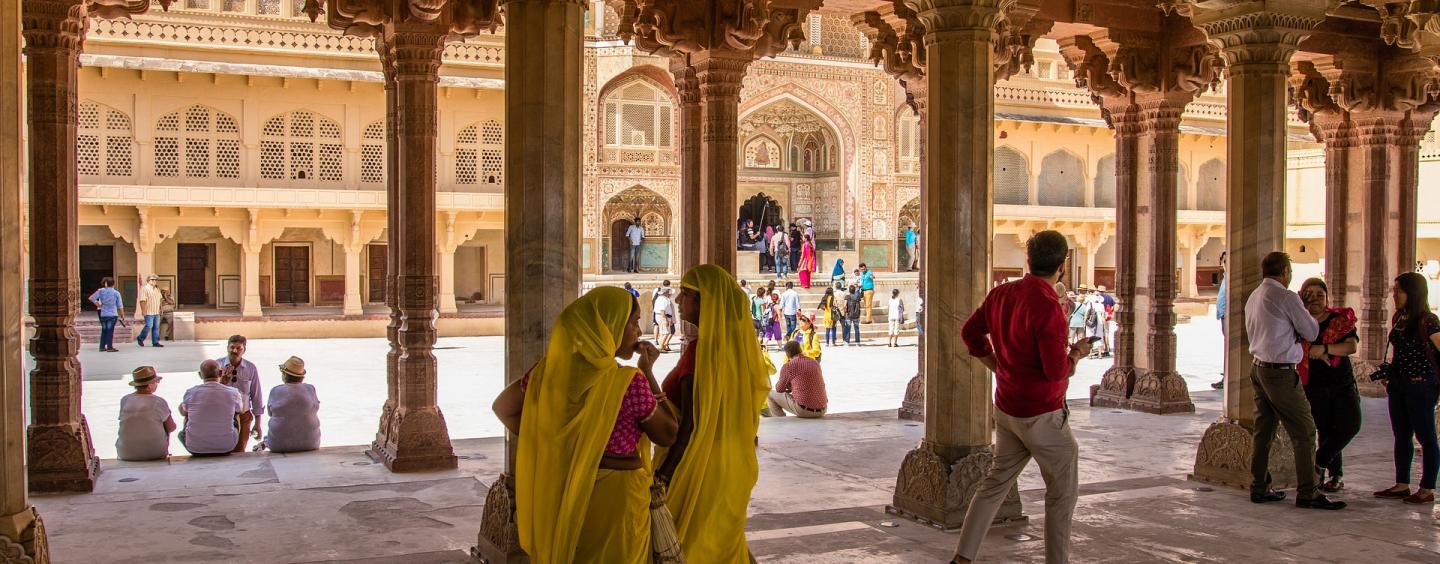In today's India, real time money transfer is used by hundreds of millions of its citizens. With these services, it is possible to move money between accounts in real-time which moves its diverse economy forward. India's population has a choice of 3 distinct systems which are offered by all banks in India in various forms including apps in phones. A recent phenomenon is an initiative by the republic to have more control over transactions and help citizens after a series of measures that culminated in the demonetization of the country's economy.
IMPS
IMPS is the instant money transfer system, which can be used 24X7 for Electronic fund transfers throughout India. To avail this service the sender and beneficiary should be registered to the IMPS. The service can be enjoyed by using your bank account number or your mobile number as well.
NEFT
Neft is the National Electronic Fund Transfer system. It can be used for electronic fund transfers by the account holders of bank which has been registered to NEFT network. Disadvantages are, it is not instant. Payment might delay to an hour, as the payments are processed in batches from one bank to other. The settlement timings are Monday – Friday 8 AM to 7PM Saturday - 8 AM to 1 PM
RTGS:
RTGS is the Real Time Gross Transfer. It is not widely used method of transferring the money. It is used for performing bulk transaction in between banks and financial institutions. It could also be said as Inter-Banking fund transfer system.
BHIM
Post demonetisation, the NDA government of India wants all the citizens to go towards cashless transactions enabled by digital modes. Even though there were fintech startups like PayTM and mobikwik wallets played a key role in cashless transactions, the Government wanted to introduce a User friendly , easy to use app for cashless transactions with just mobile numbers as a reference point. You can easily connect your bank accounts and sign in to the app with your mobile number, and start transfer the money.
The BHIM app has several advantages - for its users - over its competitors and the government launched it to both helps its citizens directly as well as to curb India's hunger for cash transactions which were hindering the growth of the economy because of tax evasion.
Advantages of the BHIM app
It’s not a Digital Wallet
Different to Paytm and Freecharge, BHIM is not a digital wallet. It is based on UPI (United Payments Interface) which was an initiative by the government in 2016. This means users don’t need to load any money to it. It’s directly connected to your bank account. Whenever you transfer or receive money, your account is automatically updated.
Money can be transferred to non-UPI banks
If a recipient's bank doesn’t support UPI (which is unlikely) money will be sent through IFSC (Indian Financial System Code) which is a traditional online banking transaction.
It offers supports to USSD
The adoption of smartphone based transactions was massive after the cash crunch of 2016. Knowing this, NCPI has adapted the USSD (Unstructured Supplementary Service Data) to work with this requirement. Like so, they can access these features by dialing *99#.
There’s a daily transaction limit
Just like most similar services currently available, BHIM has a daily limit. You can transfer a maximum of Rs. 10,000/transaction and Rs 20,000/total.
QR Code as standard
For citizens that prefer not to reveal their phone numbers, a QR code can also be generated straight from the app which can be easily scanned by the sender to make the payment.
The user interface is incredibly simple and intuitive
The government is primarily targeting users who aren’t accustomed to these platforms. Therefore BHIM was built with simplicity in mind. There are 3 main buttons: sending, receiving and QR code generation. Below that, there are options for viewing past transactions, profile, and bank account.
Multiple Accounts and Easy Setup Process
BHIM supports multiple accounts and the setup is very simple: it takes seconds. You enter your mobile number and the app will immediately add all your bank accounts linked to that number. You can’t “switch” between accounts but you can easily change the account as you need.
It is not Aadhar-based
BHIM does not require an Aadhar linked bank account despite rumours having created a false assumption. It’s UPI-based as of now.
BHIM is definitely one of the most promising attempts towards the cashless economy of India. However, without proper education and marketing, this might not achieve country wide adoption. The app is only available for Android right now with a iOS version coming soon.
How a virtual bank account solves this problem:
Get a B2B Pay virtual bank account with unique IBAN number. Your new non resident bank account is linked to your business bank account in your home country. You get a faster, 80% cheaper and transparent B2B transfer.
With B2B Pay, your company:
- Gets its own non resident bank account in Europe
- Can receive free payments from 35 EU countries in 2-12 hours
- Can make SEPA payments to 35 EU countries
- Saves €30 SWIFT fee and +80% on Foreign Exchange (FX)
- Can take advantage of FX conversion automation
- Can integrate with marketplaces and payment gateways
- Can make global payments in 138 currencies
- Gets Instant notifications of incoming payments
- Can take advantage of online onboarding
